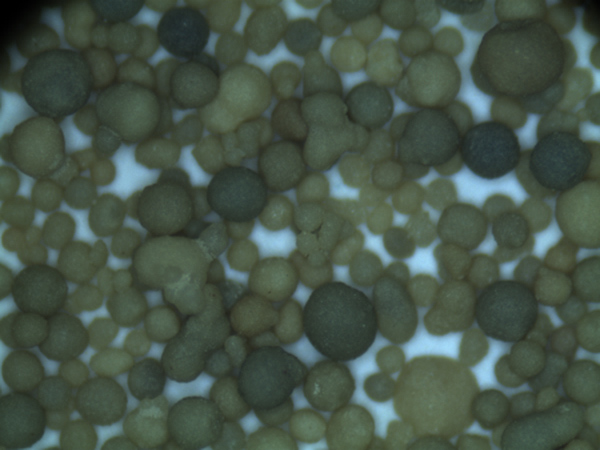Sanding and Painting 3D Prints A Guide to Achieving a Smooth Finish
3D printing has revolutionized the way we create objects, allowing for unprecedented complexity and customization. However, one area that often requires additional attention is post-processing, particularly sanding and painting. These steps are essential for enhancing the visual appeal and tactile quality of your 3D prints, transforming them from rough prototypes into polished final products. This article serves as a guide to effectively sanding and painting your 3D prints.
Why Sanding is Important
Sanding is crucial for achieving a smooth surface finish on 3D prints, especially when using FDM (Fused Deposition Modeling) printers. These printers create layers that can leave visible lines and rough textures on the print’s surface. Sanding helps to minimize these imperfections by gradually smoothing the layers down to a more uniform surface. Starting with a coarse grit sandpaper, usually around 100 to 200 grit, you can effectively remove significant bumps and protrusions. As you progress, switch to finer grits (up to 1000 or higher) to achieve a polished finish.
Techniques for Sanding
When sanding, it’s best to use a light touch and work in a circular motion to avoid creating flat spots. Immerse the print in warm soapy water if it’s an option—this can make the sanding process smoother. For intricate details, consider using sanding sticks or small files for greater precision. Always wear a dust mask to avoid inhaling particles and safety glasses to protect your eyes.
sanding and painting 3d prints

Painting Your Prints
Once you’ve achieved the desired smoothness through sanding, it’s time to paint. The first step is to apply a primer, which helps to create an even base for the paint and also allows better adhesion. Choose a primer suitable for the material of your print—many users prefer spray primers for even coverage. After the primer dries, you can begin painting. Use high-quality acrylic paints or sprays for the best results.
Techniques for Painting
When painting, apply multiple thin layers rather than one thick coat to avoid drips and runs. Allow each layer to dry fully before applying the next. If you aim for a glossy finish, consider using a clear coat on top of the paint for additional protection and shine. Remember to work in a well-ventilated area and protect your workspace from overspray.
Conclusion
Sanding and painting can significantly enhance the quality of your 3D prints, transforming them from basic models to professional-looking pieces. With the right techniques and a bit of patience, anyone can achieve impressive results. So next time you finish a print, don’t skip the sanding and painting steps—they are key to unlocking the full potential of your creations!
Post time:ಸೆಪ್ಟೆಂ . 19, 2024 07:58
Next:what is sand casting in engineering
